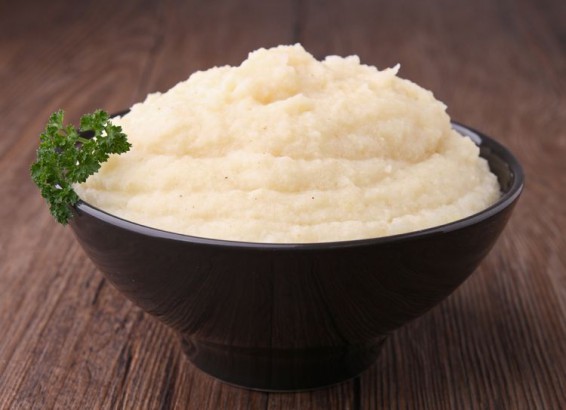All you need to know about the Glycaemic Index
mis à jour le 6 October 2015 à 23:59
It is the new ally of our diets and more balanced nutrition. But how does GI really work? We answer all your questions.
WHAT IS GLYCAEMIC INDEX?
It is the ability of a food to increase the rate of circulating blood sugar (glucose). The higher the GI of a food, the stronger and faster the increase of glucose, and the more the blood sugar levels rise. It replaces the less-reliable concept of “slow and fast sugar” that nutritionists have abandoned.
WHY SHOULD WE CARE?
Faced with an influx of sugar, the body quickly reacts to restore blood sugar levels to normal. As a result, it becomes a roller coaster, and when it is low, there is a risk of bouts of fatigue, hunger pangs, cravings... and thus weight gain. In addition, a high-GI diet tires the pancreas (in charge of glycaemic control) and can increase the risk of type 2 diabetes. This constant exposure to excess sugar also increases levels of inflammation, which weakens the cardiovascular system. Without being a hard-and-fast rule, GI has become an asset from the point of view of dieting as much as health. Foods with a low or medium GI satiate more because they generally have good fibre content. According to several studies, they also help to promote the "good" cholesterol.
HOW DO WE MEASURE IT?
There is a glycaemic index for all foods that provide sugar to the body once digested. This is the case of bread, cereals, starches, fruits and vegetables. GI ranges from 0 and 100. When choosing a food with high GI, the ideal is to combine it with a food that has low GI.
DOES ONE TYPE OF FOOD ALWAYS HAVE THE SAME GI?
Not necessarily. The glycaemic index is certainly a value of reference, but it varies according to the method of cooking, preparation (grinding, mixing and industrial refining increases the GI of foods) and food associations. Pasta, especially wholemeal pasta, has low GI, low blood sugar and slowly increase blood sugar levels, provided it is cooked al dente. If it is overcooked, their GI level increases sharply. This is the same for potatoes, prepared baked or mashed. It is thus better to steam them. Vegetables rich in dietary fibres are good GI moderators. Rice, when served with chicory or braised spinach, also halves the GI.
Isabelle Soing



